Discover 7 hidden attractions, cool sights, and unusual things to do in Chiddingfold (United Kingdom). Don't miss out on these must-see attractions: Ramster, Hambledon Church, and St Teresa of Avila Church. Also, be sure to include Hascombe Hill in your itinerary.
Below, you can find the list of the most amazing places you should visit in Chiddingfold (England).
Table of Contents
Ramster

Ramster Garden is an open garden, near Chiddingfold, Surrey, covering over 20 acres. First landscaped and laid out in the 1890s by Gauntlett Nurseries and Sir Harry Waechter.
In 1922, Sir Henry and Lady Norman purchased Ramster, and was cared for by their granddaughter Miranda Gunn, and her husband.
However Ramster is now shared with their daughter Rosalind Glaister.
The garden features include a flower collections, wooded areas and a woodland walk, and water features.
The house and grounds are also available for private hire for weddings and events.[1]
Address: Petworth Road, Chiddingfold, GU8 4SN, Chiddingfold
Hambledon Church
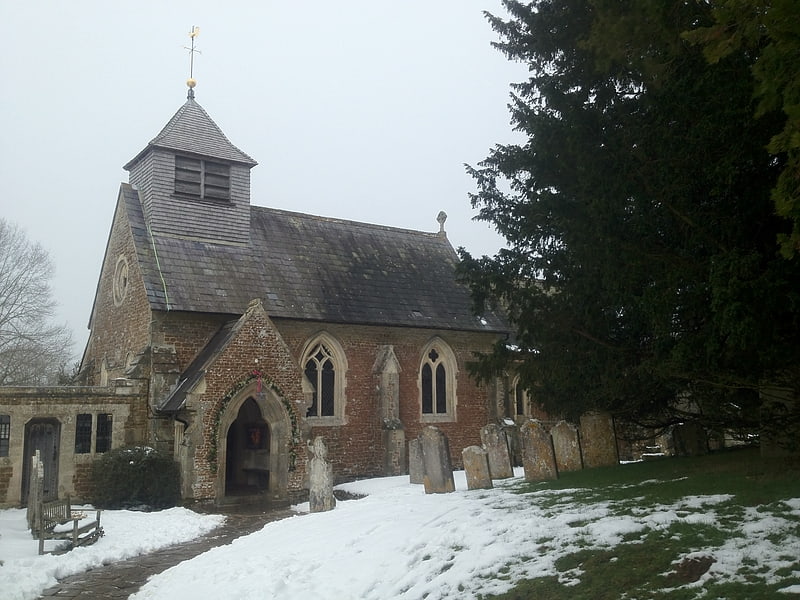
Church in Hambledon, England. Hambledon Church as it is known locally is an evangelical Anglican Church in Hambledon, Surrey, United Kingdom. Hambledon Church is part of a parish with Busbridge Church connected to the large village or small town of Godalming, Surrey. Together Busbridge and Hambledon Church have six Sunday congregations ranging from traditional to modern and contemporary services. The Patrons are the Martyrs Memorial and the Church of England Charitable Trust.[2]
St Teresa of Avila Church
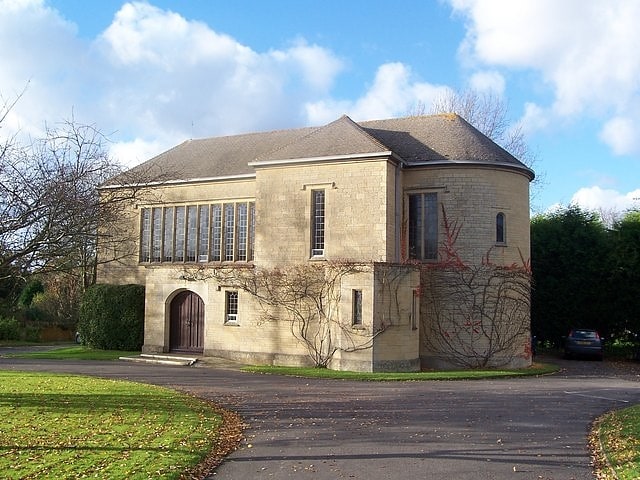
Parish church in Chiddingfold, England. St Teresa of Avila Church is a Roman Catholic Parish church in Chiddingfold, Surrey. It is situated on the corner of Petworth Road and Woodside Road in the centre of the village, next to the cricket green of Chiddingfold Cricket Club. It was built in 1959 and designed by Henry Bingham Towner. Although it is not a listed building, English Heritage stated, "The church makes an important contribution to the townscape of Chiddingfold," and that it of all the churches designed by Bingham Towner they stated, "we judge St Theresa of Avila to be the best of the churches we have seen."[3]
Address: Woodside Rd, GU8 4UG Godalming
Hascombe Hill
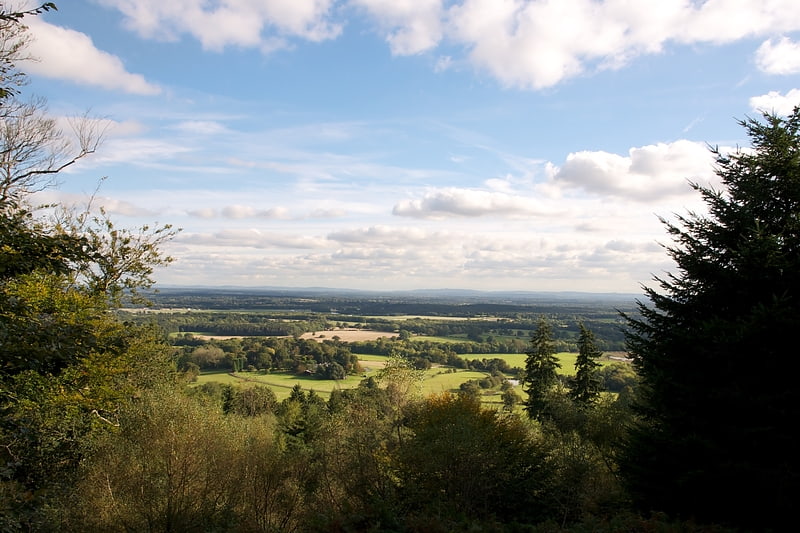
Scenic spot in England. Hascombe Hill or Hascombe Camp is the site of an Iron Age multivallate hill fort close to the village of Hascombe in Surrey, England.[4]
Tigbourne Court
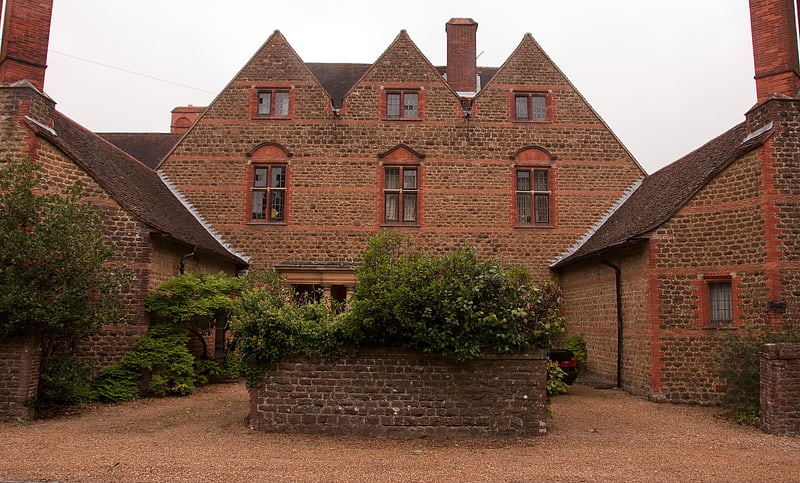
Building. Tigbourne Court is an Arts and Crafts style country house in Wormley, Surrey, England, 1 mile south of Witley. It was designed by architect Edwin Lutyens, using a mixture of 17th-century style vernacular architecture and classical elements, and has been called "probably his best" building, for its architectural geometry, wit and texture. It was completed in 1901. English Heritage have designated it a Grade I listed building.[5]
Brook Brick Pit

Brook Brick Pit is a 0.9-hectare geological Site of Special Scientific Interest west of Wormley Surrey. It is a Geological Conservation Review site.
This site exposes rocks of the Atherfield Clay Formation, dating to the Aptian stage of the Lower Cretaceous around 120 million years ago. It shows the onset of marine conditions in southern England in the Aptian and it has diverse bivalve fossils.
The site is private land with no public access.[6]
Netherside Stream Outcrops
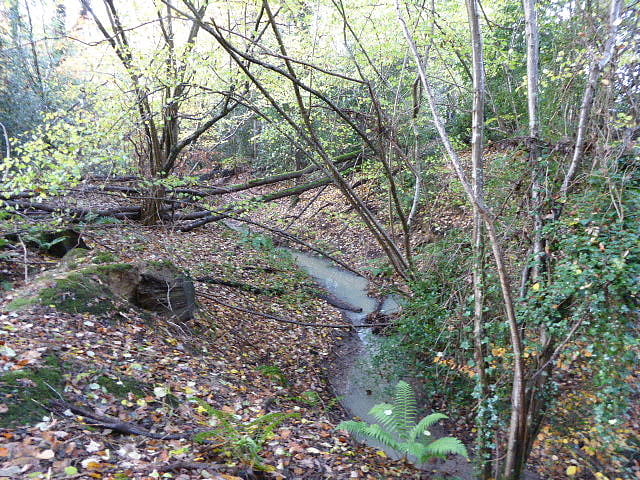
Netherside Stream Outcrops is a 2.9-hectare geological Site of Special Scientific Interest north-east of Haslemere in Surrey. It is a Geological Conservation Review site.
This is the Type locality for the Netherside Sand Member of the Weald Clay Group, dating to the Lower Cretaceous around 130 million years ago. Upward sloping sandstone has fossil Lycopodites plants in vertical life positions.
A public footpath runs through the site.[7]